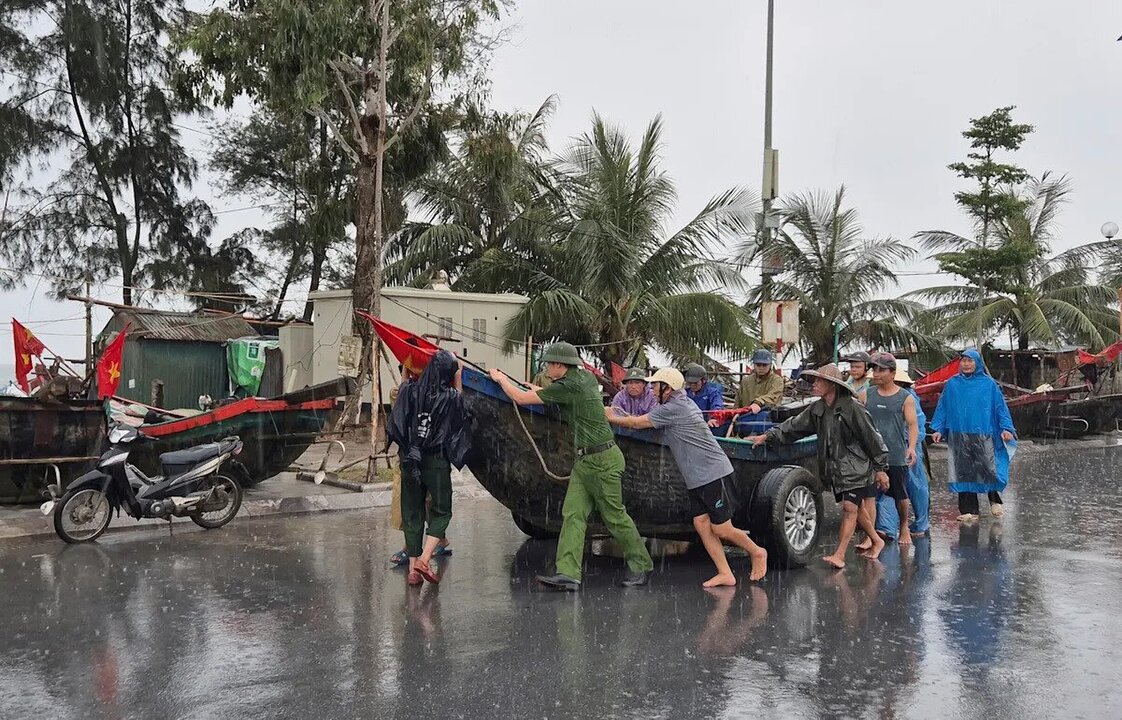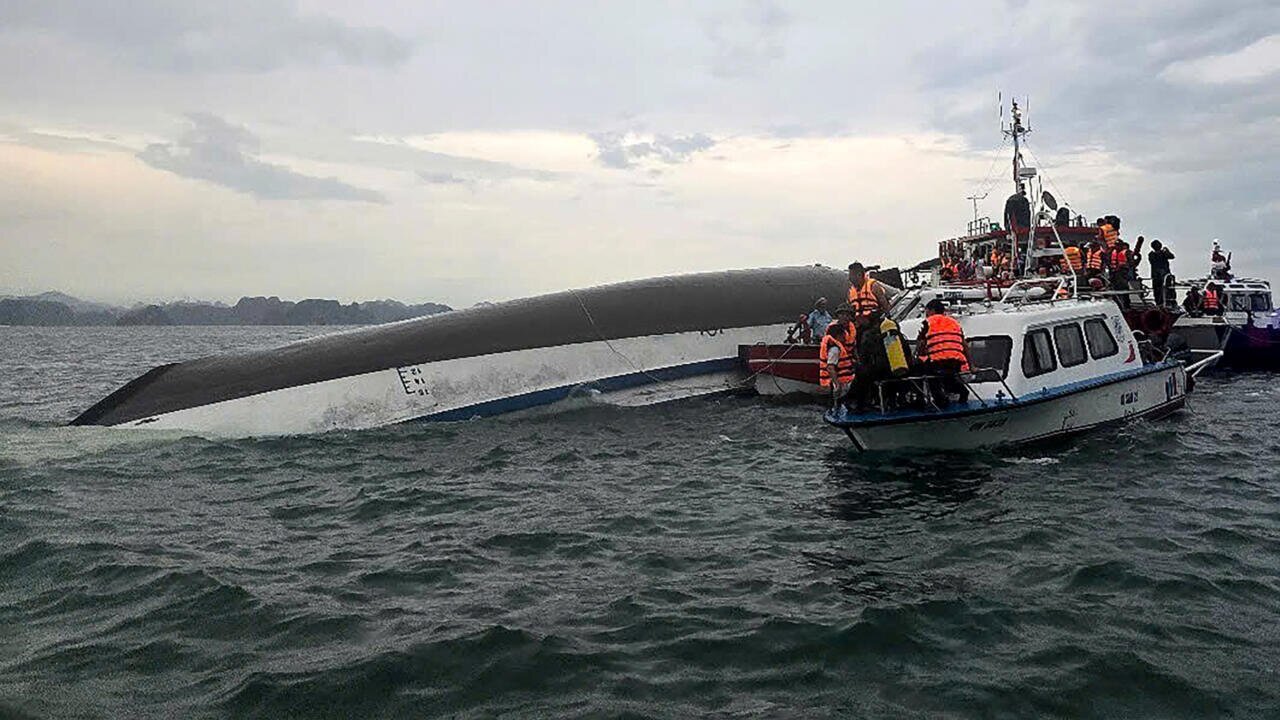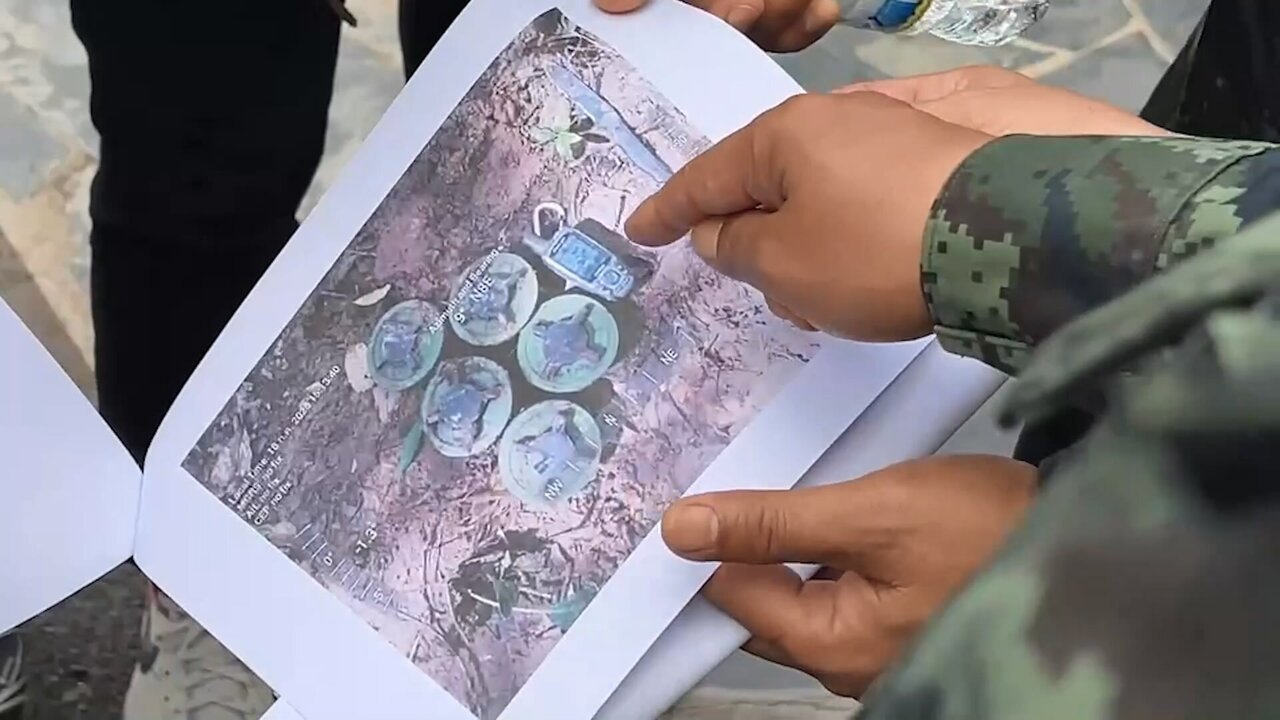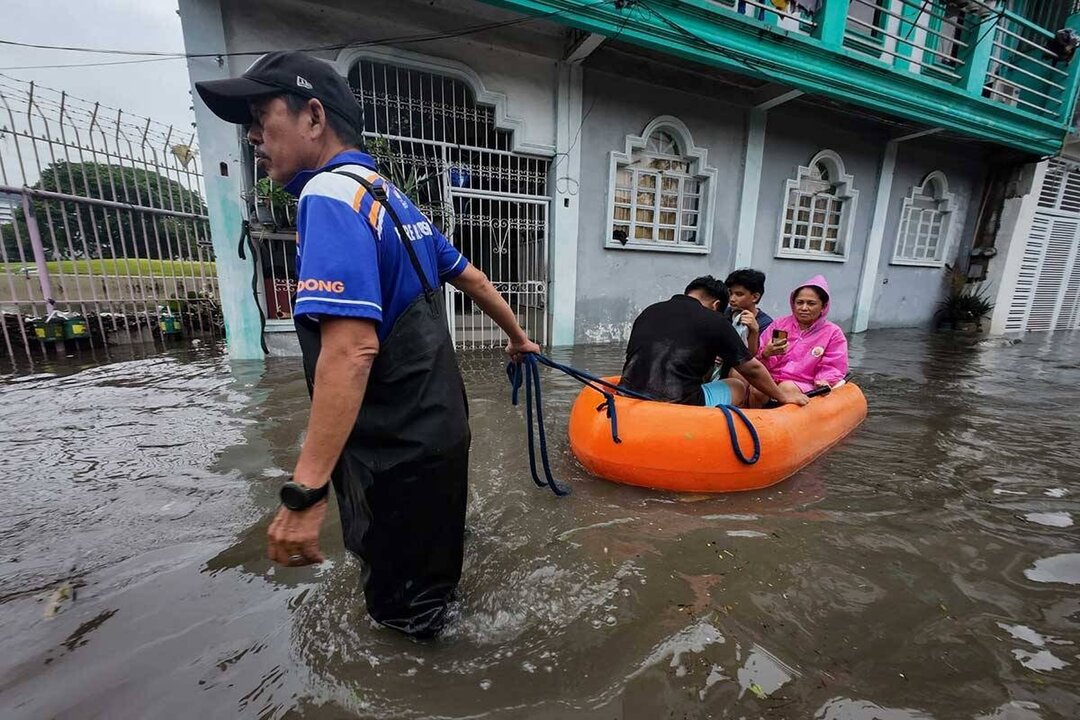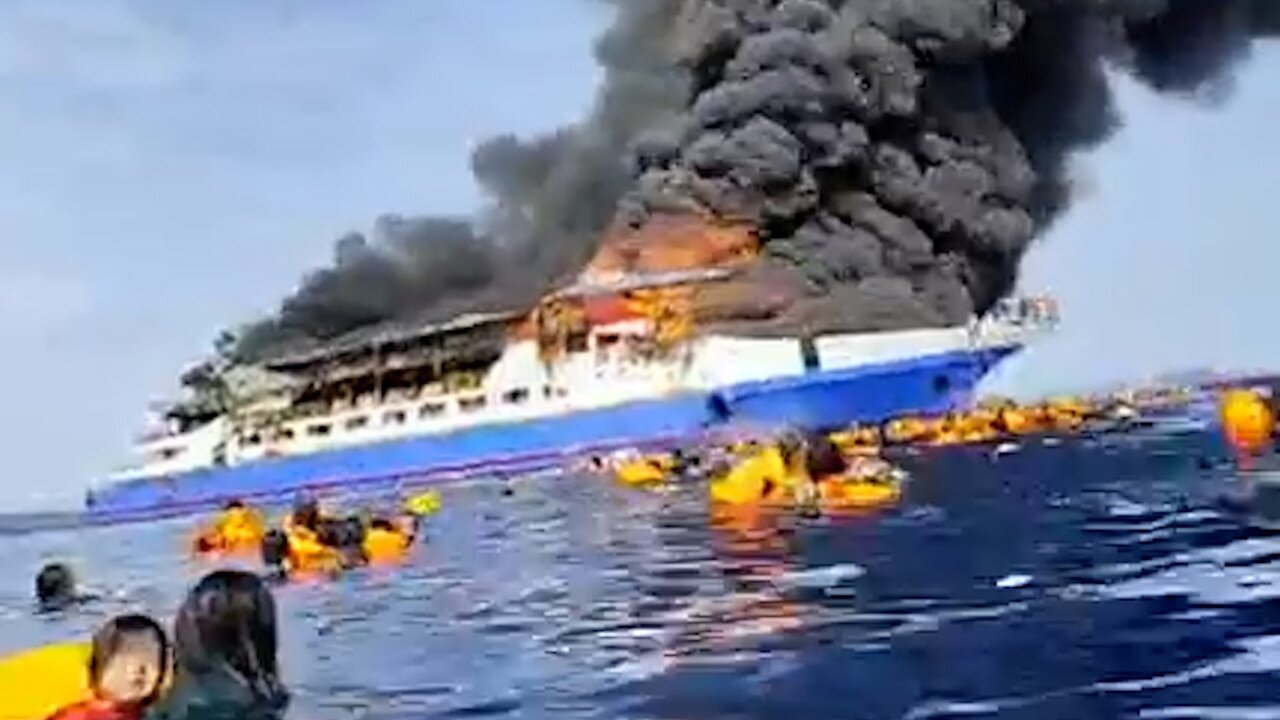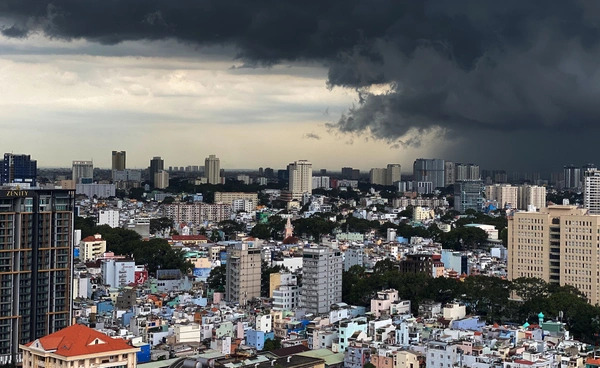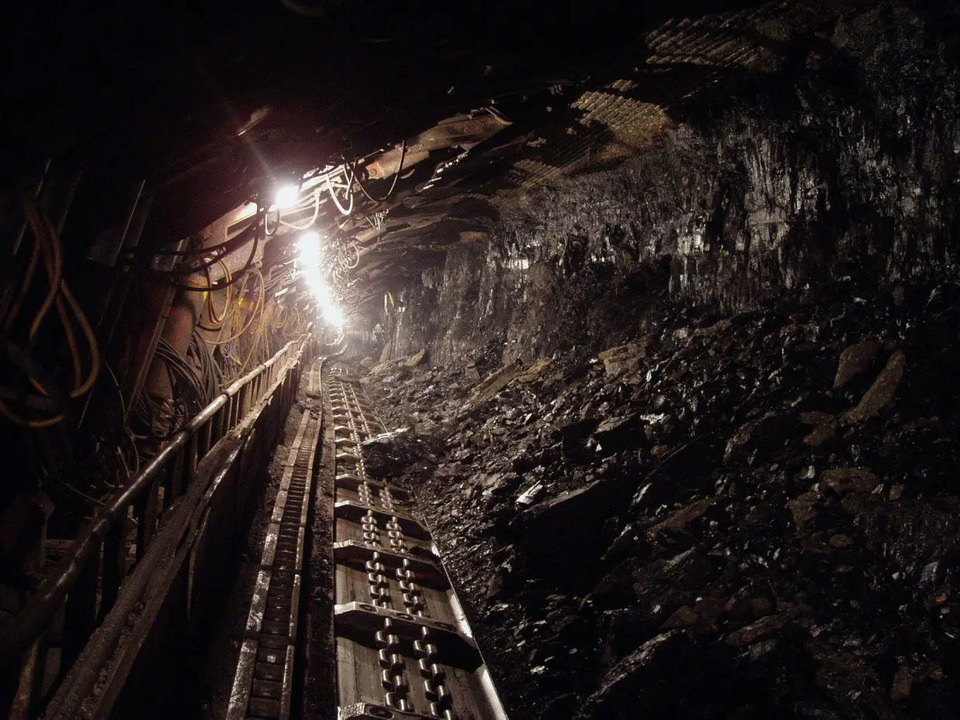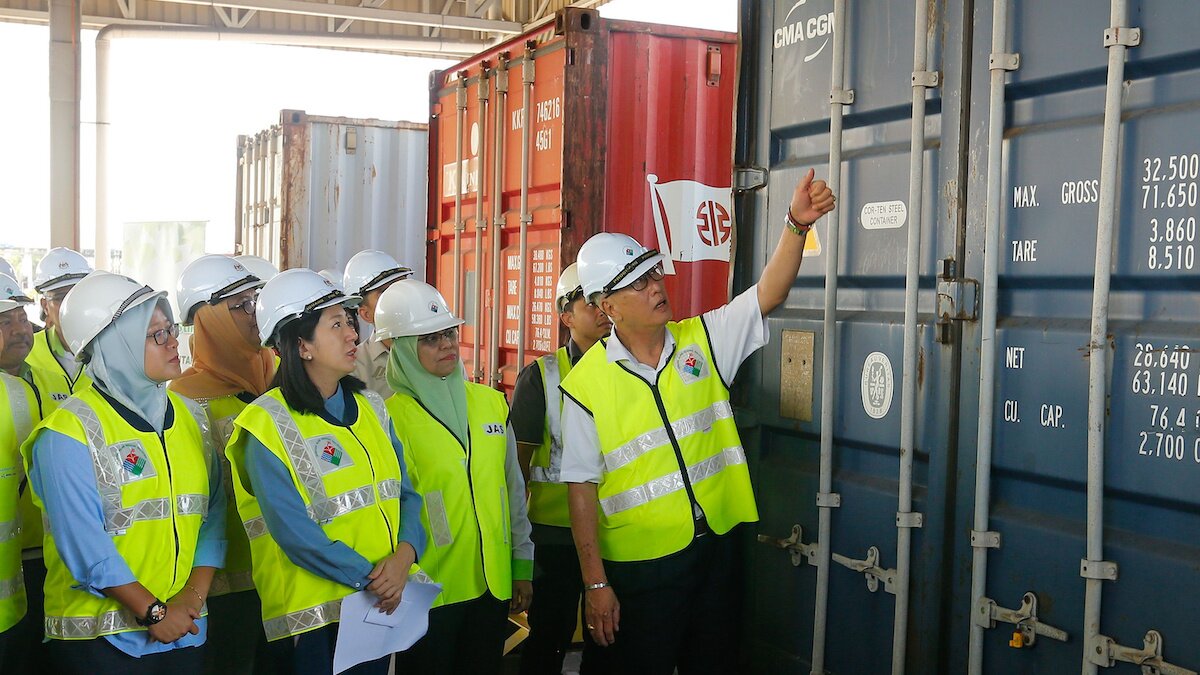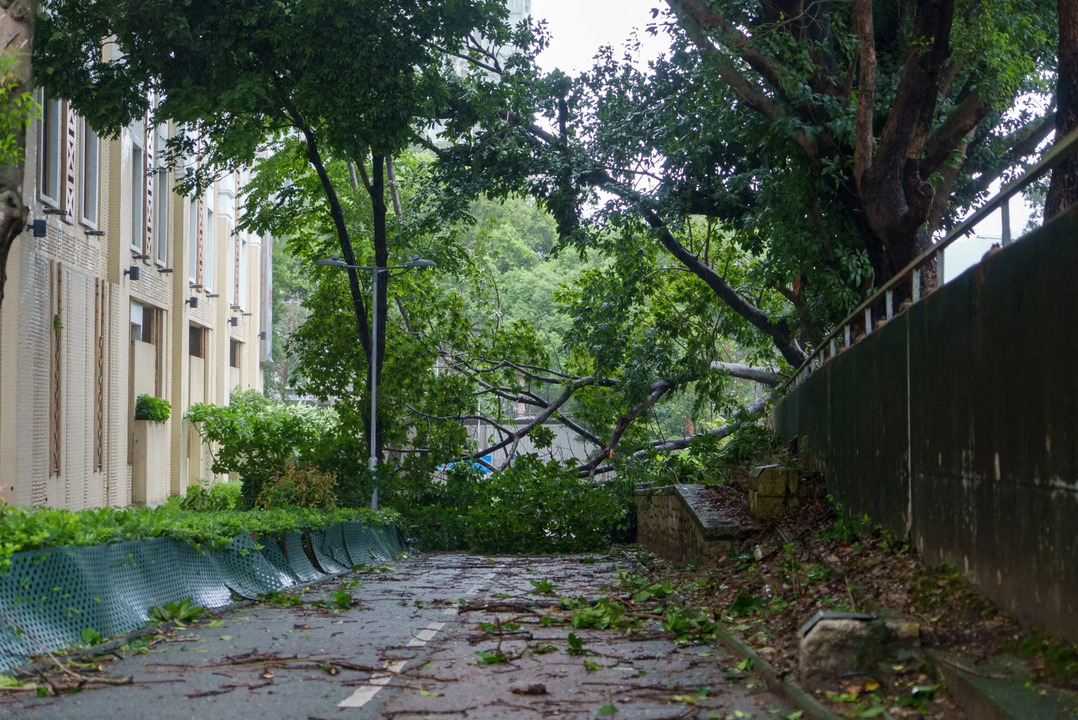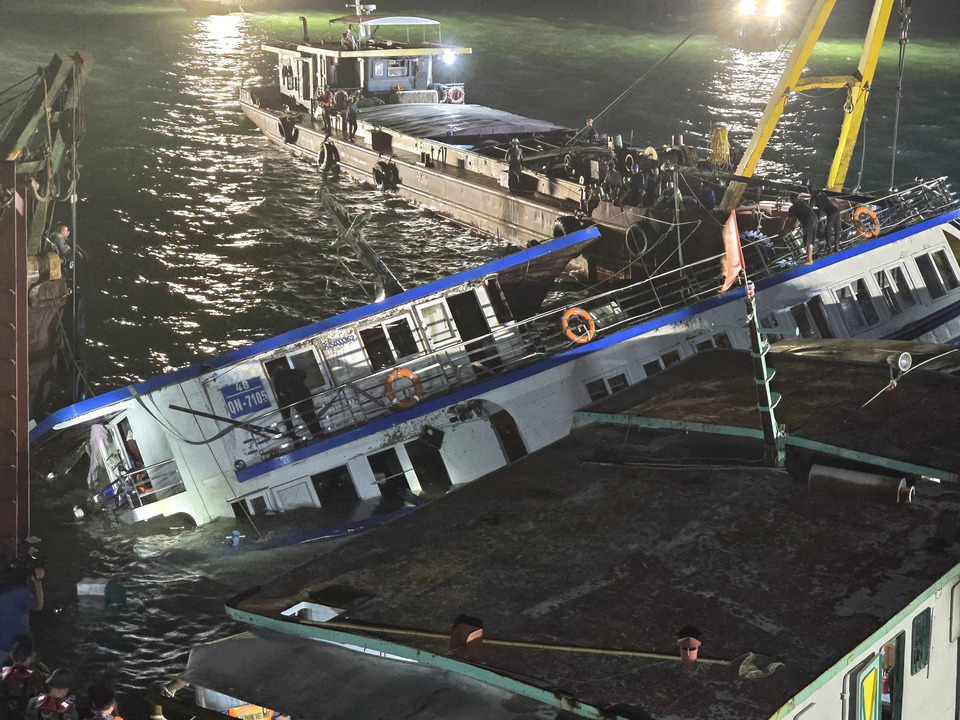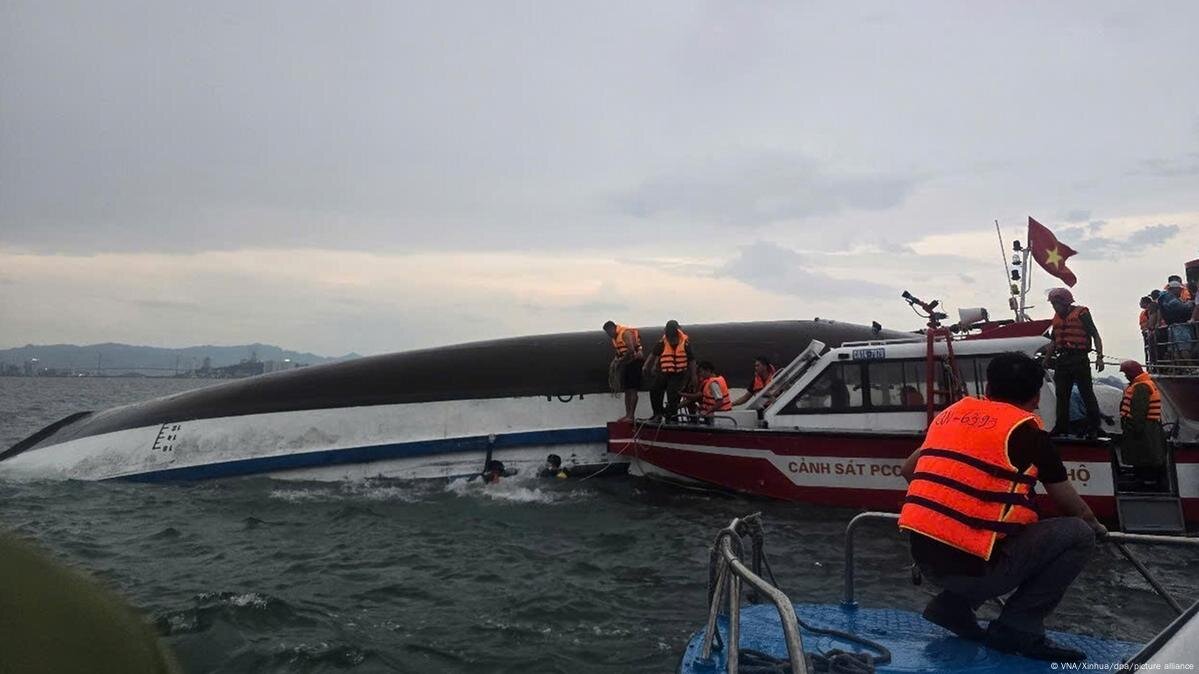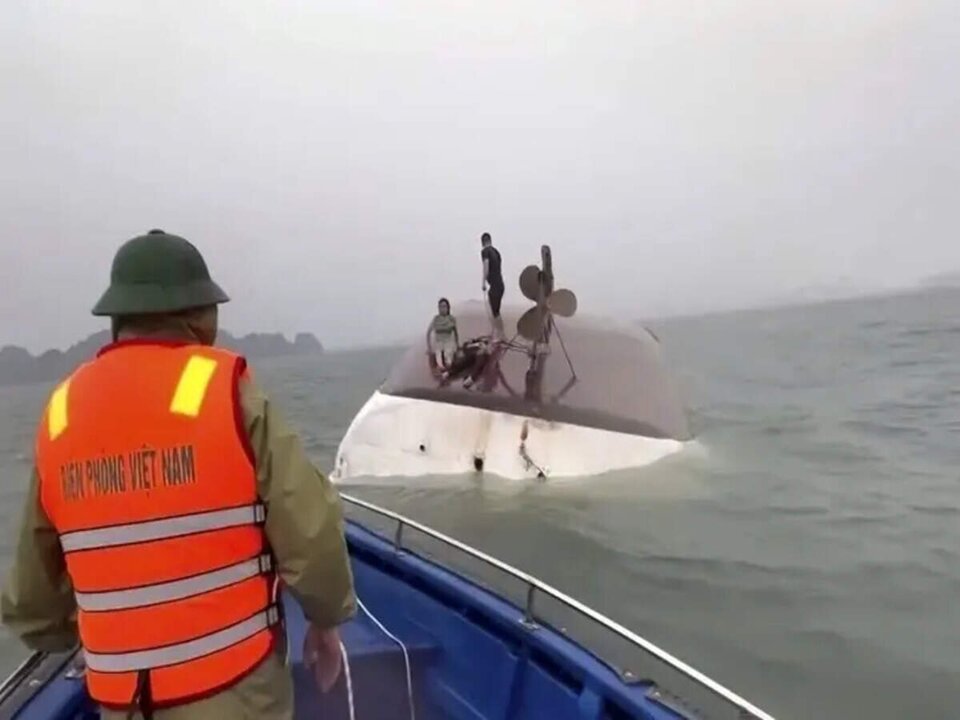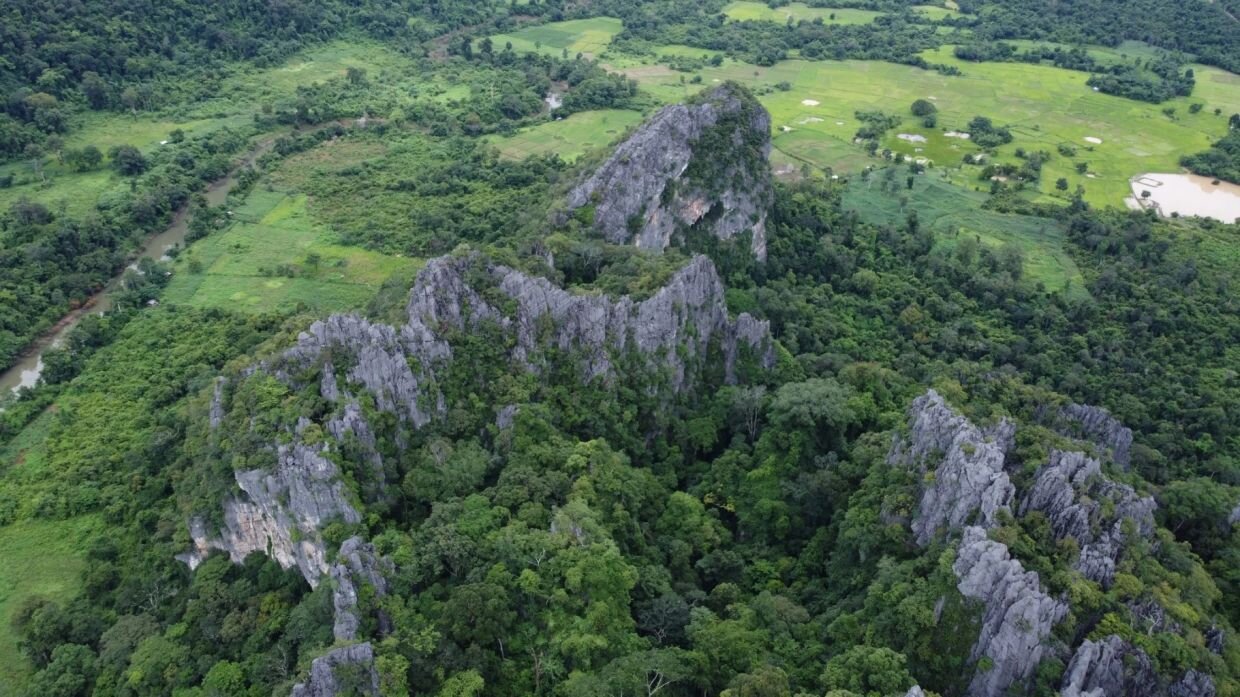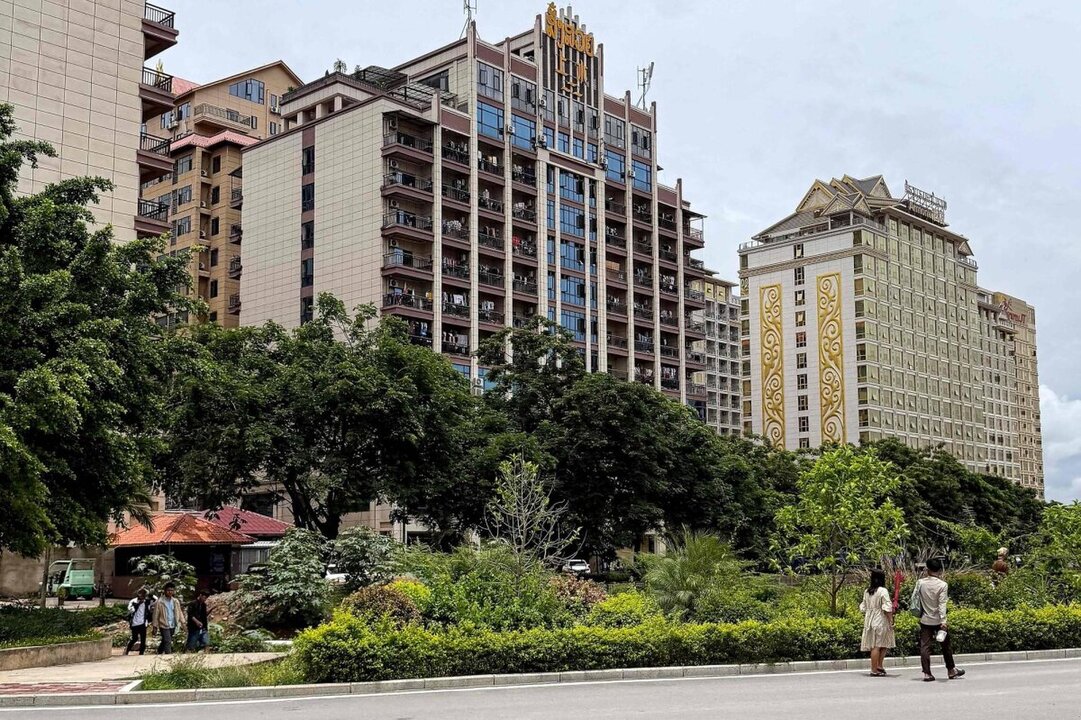The heavy rainfall has resulted in extensive damage across various regions, with concerns that the death toll could rise as emergency response teams continue their efforts to locate missing individuals.
Rescue operations are particularly focused on areas that were heavily impacted, including those near the capital Seoul and further south in regions such as Son County.
Reports indicate that significant infrastructural damage has occurred, with thousands of roads and buildings affected.
The worst of the disasters has been reported in the county of San Chong, where the torrential rains have been characterized by meteorologists as a one-in-200-years event.
The extreme weather has led to widespread devastation in rural communities, where residents are struggling to protect livestock and property amid rising waters.
Survivors of the flooding have described harrowing experiences as water levels surged rapidly.
Eyewitness accounts reveal the difficulties faced by those caught in the floods, with reports of individuals trapped in vehicles and others needing assistance to escape from flooded campsites.
Rescuers have employed methods including zip lines and helicopters to reach stranded individuals.
As of the latest updates, 11 people remain unaccounted for, and search efforts are ongoing as rescue workers comb through debris and impacted areas.
The flooding has disrupted the peak summer vacation season in South Korea, as many individuals had sought refuge in mountainous areas to escape the oppressive heat that often exceeds high 30 degrees Celsius.
In Son County, ten fatalities have been confirmed, with four individuals still reported missing after landslides struck the mountainous villages.
Approximately 80% of South Korea is mountainous terrain, raising the risk of landslides during heavy rain events.
The monsoon rains, commonly referred to in Korea as 'summer guests', are observed regularly during the season but have become increasingly unpredictable as global climate patterns evolve.
The continued focus in the affected regions remains on rescue operations, with hopes of locating any missing individuals as communities begin to assess the extent of the damage.
